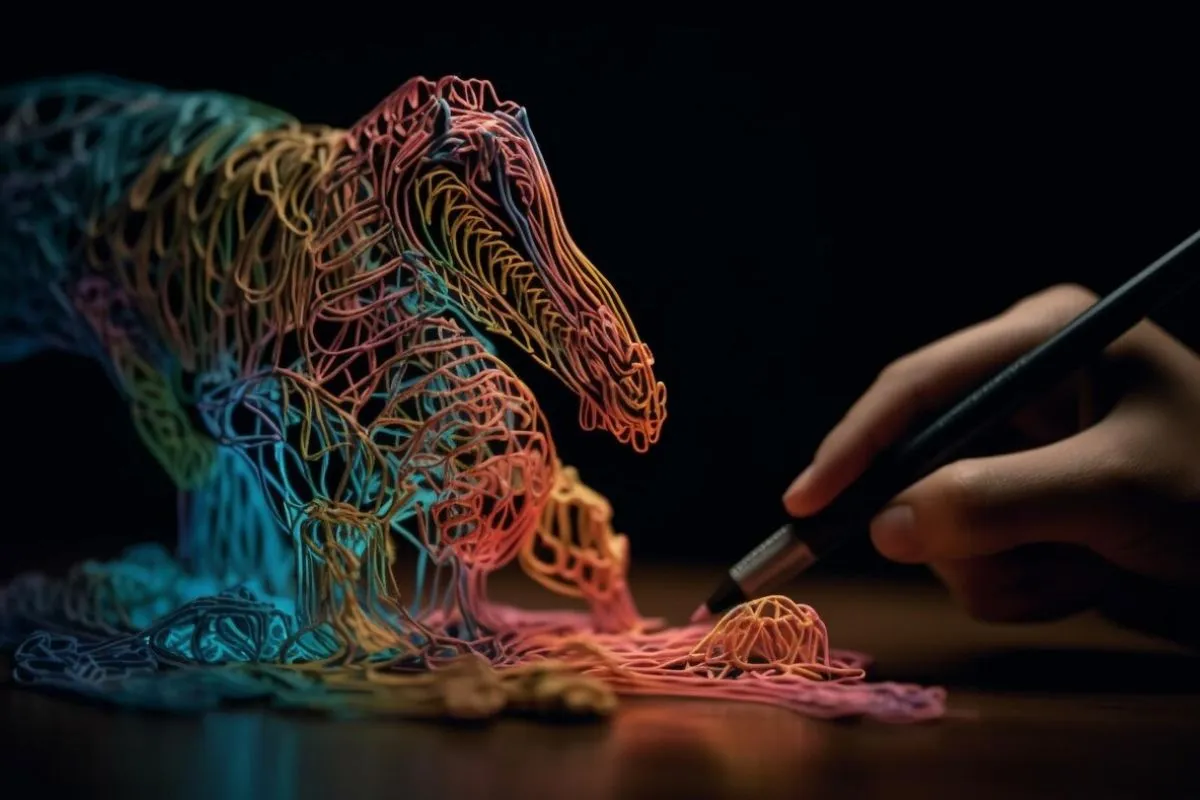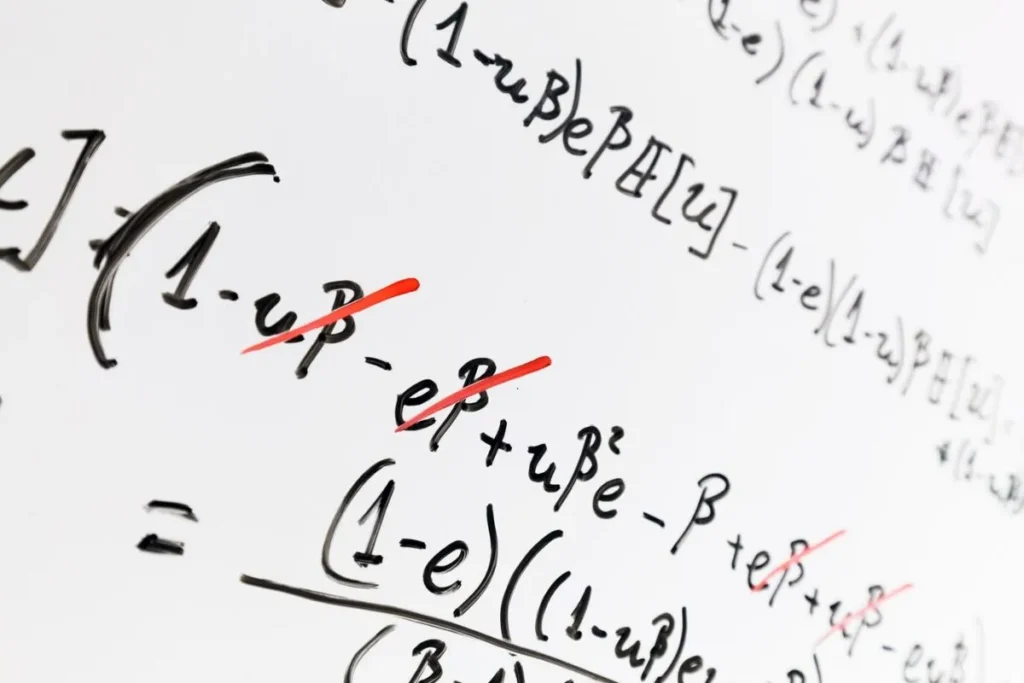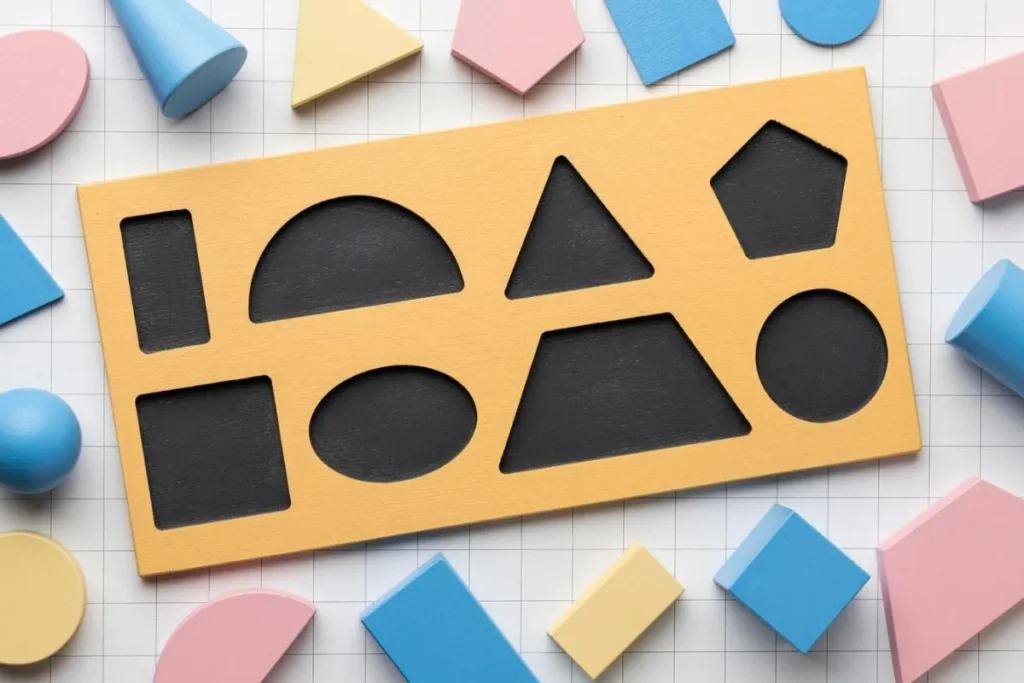Using Fractals to Create Digital Art opens up a realm of endless creative possibilities. Fractals are intricate patterns that you can magnify infinitely. They blend seamlessly with digital art, offering a unique aesthetic.
This article delves into various techniques of using fractals to create digital art. We’ll explore some captivating examples that showcase the blend of mathematics and creative design.
If you’re a digital artist or graphic designer, integrating fractals in your work can elevate your art. Let’s uncover the artistic concepts behind this mathematical wonder.
Understanding Fractals in Digital Art
Fractals are complex patterns created by repeating a simple process. They are self-similar, meaning they look similar at different scales. This property makes them ideal for creating visually appealing digital art.
In digital art, fractals can form abstract designs. The intricate, repeating patterns can be mesmerizing. Whether used in backgrounds, foregrounds, or as standalone pieces, they offer an unmatched depth of detail.
The mathematical backbone of fractals allows artists to use algorithms. These algorithms generate stunning geometrical patterns. This combination of math and art opens infinite possibilities for creativity.
Tools for Creating Fractal Art
Various software tools can assist in using fractals to create digital art. Some popular ones include:
- Apophysis: Great for beginners, it offers a user-friendly interface for creating detailed fractal flames.
- Ultra Fractal: A powerful tool for professionals, it provides extensive features and customization options.
- Mandelbulb 3D: Ideal for creating 3D fractal art, adds a new dimension to fractal designs.
These tools help artists manipulate mathematical formulas. You can create stunning visual art with minimal coding knowledge. Software like these democratizes fractal art, making it accessible to everyone.
Techniques for Creating Fractal Digital Art
Iterative Technique
One common method in using fractals to create digital art is the iterative technique. It involves repeating a set of mathematical operations. This results in the formation of self-similar patterns.
Artists begin with a simple shape. They apply iterative transformations to it, generating complex figures. This method is effective for creating detailed abstract art.
Iterative techniques require an understanding of basic geometric transformations. However, many software tools simplify this process. Artists can experiment with iterations to produce various effects.
Randomized Algorithm Technique
The randomized algorithm technique introduces an element of randomness. While traditional fractals follow strict patterns, this method allows for more organic designs.
This technique is particularly useful in creative design. It lets artists generate unique, one-of-a-kind fractal patterns. By adjusting parameters, artists can guide the randomness to suit their vision.
Randomized algorithms can be implemented using specialized software. The results are often unpredictable, adding a sense of spontaneity to the art.
Hybrid Techniques
Hybrid techniques combine iterative and randomized methods. They offer a balanced approach to creating fractal art.
Artists can start with an iterative base. They introduce randomness at certain stages, creating complexity. This blend can produce highly intricate and visually striking pieces.
Using hybrid techniques allows for creative flexibility. Artists can experiment with different approaches, discovering new artistic concepts.
Applications and Examples
Using fractals to create digital art has numerous applications. Here are some domains where fractal art shines:
- Graphic Design: Fractals add a unique aesthetic to logos, posters, and websites. They bring a sense of depth and complexity.
- Video Games: Many game developers use fractal art for backgrounds and landscapes. It creates immersive, otherworldly environments.
- Music Videos: Fractal graphics in music videos enhance visual storytelling. They synchronize with the music, creating a mesmerizing experience.
Several artists have mastered using fractals to create digital art. Here are some inspiring examples:
Julius Horsthuis
Julius Horsthuis is known for his incredible 3D fractal animations. Using software like Mandelbulb 3D, he creates intricate, dreamlike environments.
His work often features organic patterns and surreal landscapes. They transport viewers to fantastical worlds, showcasing the power of fractals in digital art.
Tom Beddard
Tom Beddard specializes in high-resolution fractal images. His work is a testament to the detailed nature of fractal art. Utilizing advanced computational techniques, Beddard pushes the boundaries of digital art.
Beddard’s images feature complex geometrical patterns. They are often abstract, leaving viewers to interpret their meaning. The intricate designs invite viewers to explore the infinite possibilities within the fractal dimensions.
Hal Tenny
Hal Tenny is another prominent name in fractal art. His focus is on 3D fractals, creating stunning visual effects. Tenny’s work often features intricate, otherworldly landscapes that captivate viewers.
Tenny often collaborates with other artists, bringing fractal elements into mainstream visual art. His work exemplifies the fusion of mathematical precision with artistic creativity. By integrating fractals into various media, he broadens the scope and appreciation of digital art.
Tenny’s 3D fractals are not only visually striking but also technically impressive. They demonstrate the power of mathematical algorithms in generating complex, beautiful structures.
Conclusion
Exploring using fractals to create digital art unlocks endless creative possibilities. The intricate patterns formed by fractals offer a unique aesthetic. Artists can leverage various techniques to create stunning visuals.
From graphic design to video games, the applications of fractal art are vast. Examples from renowned artists like Julius Horsthuis and Tom Beddard inspire many to delve into this fascinating domain.
If you’re looking to elevate your digital art, integrating fractals is a great step. Dive into the world of fractal art and let your creativity flourish.
Engage with us: Share your fractal art journey or any questions you have. Let’s explore the wonders of fractal art together!
Frequently Asked Questions
What are fractals in digital art?
Fractals are complex patterns generated by repeating simple processes. In digital art, they create intricate, self-similar designs at various scales.
What software can I use to create fractal art?
Popular tools include Apophysis, Ultra Fractal, and Mandelbulb 3D. Each offers unique features to help you create detailed fractal art.
How can I integrate fractals into my graphic design projects?
You can use fractals to add depth and complexity to logos, posters, and websites. Experiment with different patterns to find what suits your project.
Are fractal arts suitable for beginners?
Yes, many software tools offer user-friendly interfaces. Beginners can start with basic fractal designs and gradually explore more complex patterns.
Can fractal art be used in commercial projects?
Absolutely, fractal art is popular in graphic design, video games, and music videos. It adds a unique aesthetic and depth to commercial projects.




